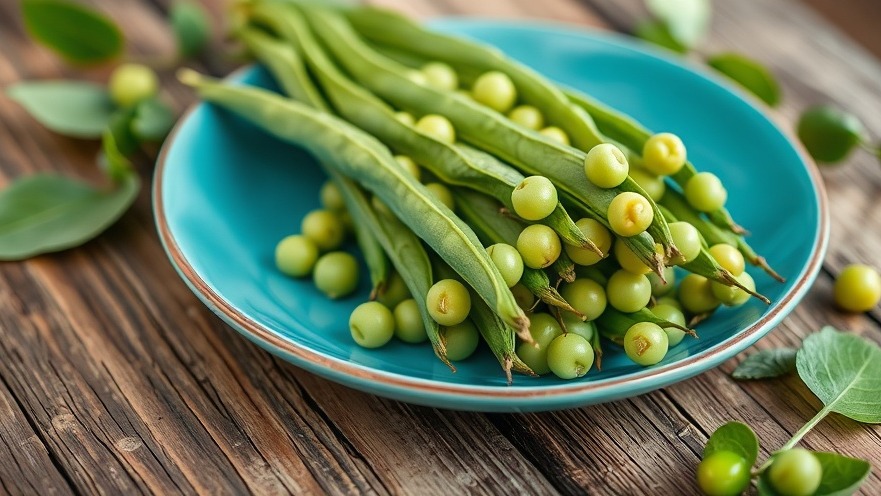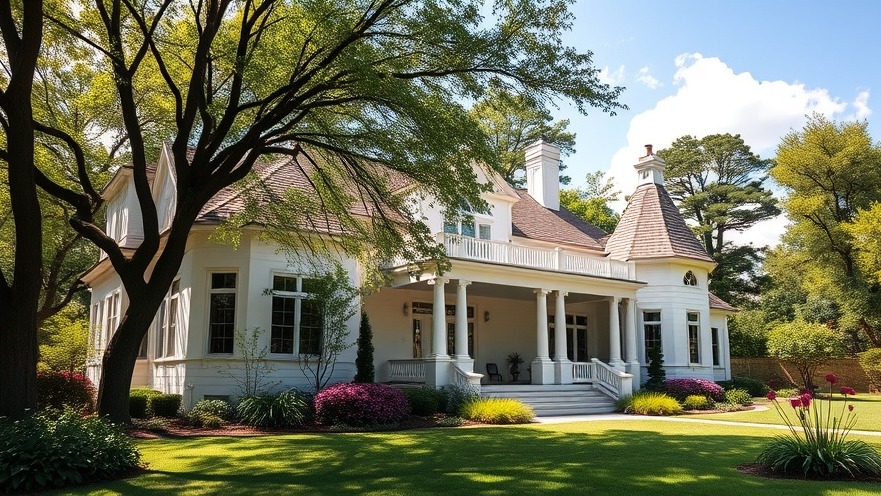
Why Hardy Geraniums Are Perfect for Eco-Conscious Gardens
Hardy geraniums, also known as cranesbill geraniums, are a favorite among eco-conscious homeowners and homesteaders for many reasons. These resilient plants not only enhance garden aesthetics with their vibrant blooms, but they also play a significant role in supporting the local ecosystem. By attracting pollinators such as bees and butterflies, hardy geraniums contribute to biodiversity, making them ideal for those interested in eco-friendly gardening.
Growing Hardy Geraniums: A Step-by-Step Guide
Taking the plunge into growing hardy geraniums is both rewarding and straightforward. Start by selecting a spot in your garden that receives partial sunlight. These plants thrive in a well-draining soil rich in organic matter. Fill the garden bed with compost to boost the soil quality, ensuring that your plants get the nutrients they need.
A perfect time to plant hardy geraniums is in early spring or fall. Dig holes that are slightly larger than the root ball of the plants, making sure to space them about 18-24 inches apart. Water the geraniums thoroughly after planting and provide regular moisture throughout the first season to help establish a strong root system.
Caring for Hardy Geraniums: Tips for Longevity
One of the remarkable qualities of hardy geraniums is their resilience. They are drought-tolerant and can adapt to a range of soil conditions, which aligns with the principles of sustainable home design. To maintain their health, regularly deadhead spent flowers to encourage continuous blooming throughout the season. Additionally, a light pruning in late fall or early spring will keep plants vigorous and ready for the new growing season.
Environmental Benefits of Growing Hardy Geraniums
Incorporating hardy geraniums into your garden does more than beautify your landscape—it’s an act of environmental stewardship. These plants require minimal water once established, promoting water conservation practices. Furthermore, hardy geraniums like the Geranium macrorrhizum can withstand dry spells, reducing the need for excessive irrigation.
Integrating Hardy Geraniums into a Zero-Waste Garden Design
Planting hardy geraniums is just the start; integrating them into a broader zero-waste garden design can amplify their benefits. Consider creating a natural habitat by combining them with native plants, which will attract beneficial insects and support local wildlife. Incorporating practices such as composting kitchen waste can also enrich the soil naturally, minimizing chemical fertilizers and implementing a holistic approach to gardening.
Common Mistakes and Misconceptions
Many new gardeners may overlook proper spacing when planting hardy geraniums, leading to over-crowded plants that don’t thrive. It’s crucial to adhere to the suggested spacing guidelines to allow each plant to mature healthfully. Additionally, understanding the difference between various hardy geranium varieties can help homeowners choose the right fit for their landscape, ensuring they select species that will perform well in their specific environment.
Final Thoughts on Growing Hardy Geraniums
Gardening can be a profoundly rewarding experience, especially when choosing plants that align with eco-conscious values. Hardy geraniums are an excellent choice for those looking to create a sustainable, beautiful garden. Their adaptability, low maintenance needs, and ecological contributions make them a staple for eco-friendly gardening enthusiasts.
If you’re ready to embrace hardy geraniums in your garden, consider preparing your soil, planning for appropriate spacing, and using organic compost to enhance growth while respecting eco-friendly practices. The journey toward eco-conscious living starts in the garden, and hardy geraniums are a wonderful place to begin.
 Add Row
Add Row  Add
Add 




Write A Comment